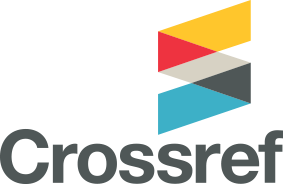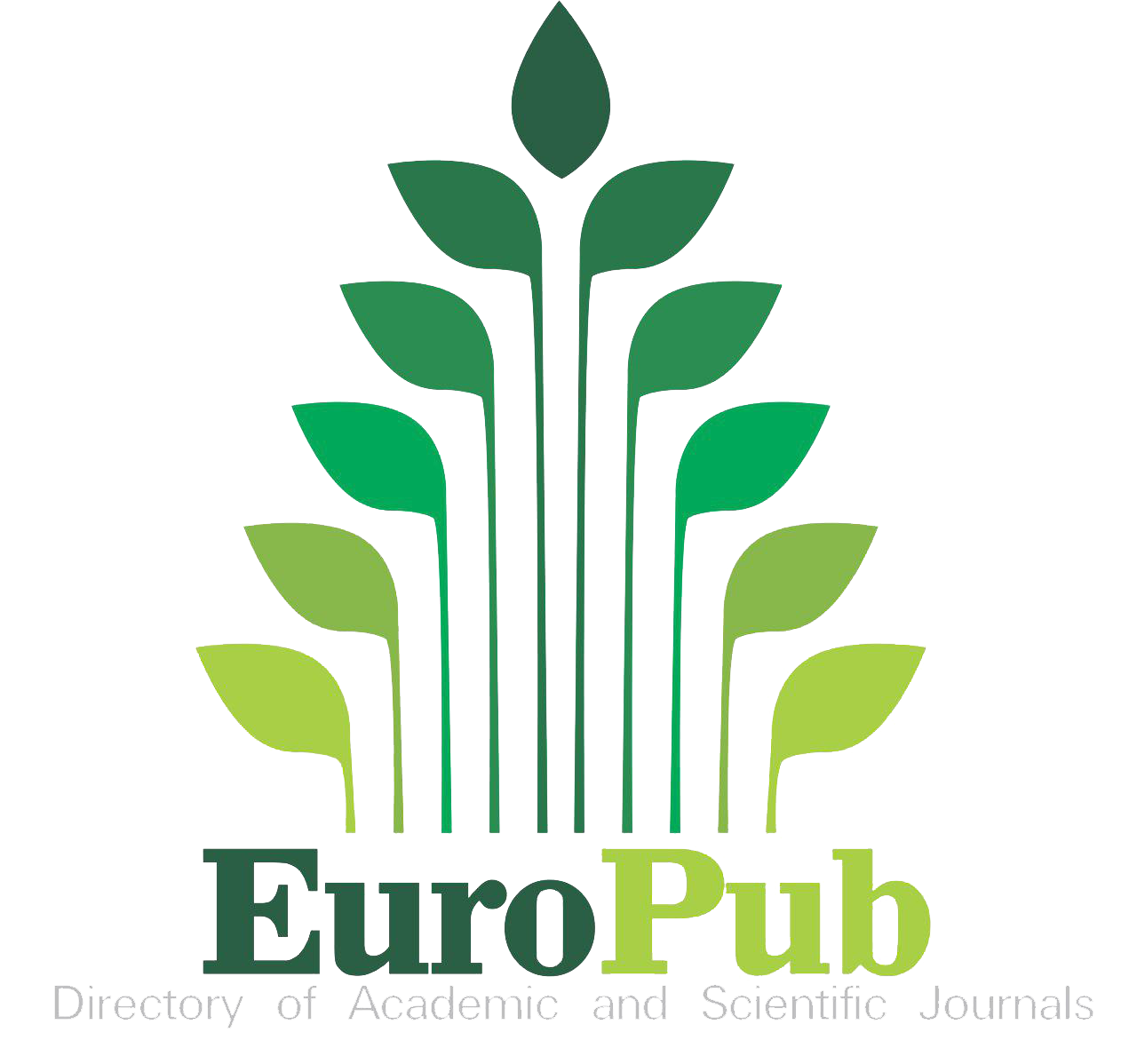Deposit Money Banks-Based-Financial Inclusion and Economic Growth in Nigeria: The Role of a Dual Folded Proxy
Keywords:
Financial inclusion, Deposit money banks, Economic Growth, NigeriaAbstract
Access to finance and financial services have made deposits money bank (DMBS)- enhanced financial inclusion a recent hotspot for either empirical or theoretical research explorations or both. Since FIcn is basically designed to link the unbanked and 'misbanked' to DMB services and products, integrating DMB and FIcn services to form comprehensive and composite index for FIcn would not only improve the empirical validity or performance of the surrogates, but also enlarge the impact base of such metrics. Hence, this study innovatively introduced the non-scarcity of DMB services as mechanism through which FIcn can be transmitted to the financially unreached and disadvantaged segment of the economy. This study seeks to explore the role and importance of DMBs in appropriately including the financially excluded economic agents in the trajectory of FIcn; and to critically evaluate the potency of DMB-based FIcn proxies and surrogates on growth. These surrogates are dual-folded proxies that integrated DMB services into the definition of FIcn to reflect comprehensive dimensional indices such as DMBs- FIcn service penetration, DMBs-FIcn service non-scarcity, DMBs- FIcn service usage, DMBs[1]FIcn location and localisation of services and DMBs-FIcn affordability of services. The study employed diverse estimation techniques in the validation of the models. Results that emerged from the analysis indicated that: GDPP( GDP per capita) is a determinant of ATMp penetration, ownership, and usage in Nigeria in the short[1]run only; ATMp penetration, ownership, and usage only Granger-caused GDPP in the long-term; ATMp Granger-caused the spread of banks branches network in the long-run, while the spread of banks branches network Granger-caused ATMp in the short-run( a confirmation of non-sustainable and ephemeral impact).
Downloads
Published
How to Cite
Issue
Section
License
Copyright (c) 2022 Author(s)

This work is licensed under a Creative Commons Attribution 4.0 International License.














